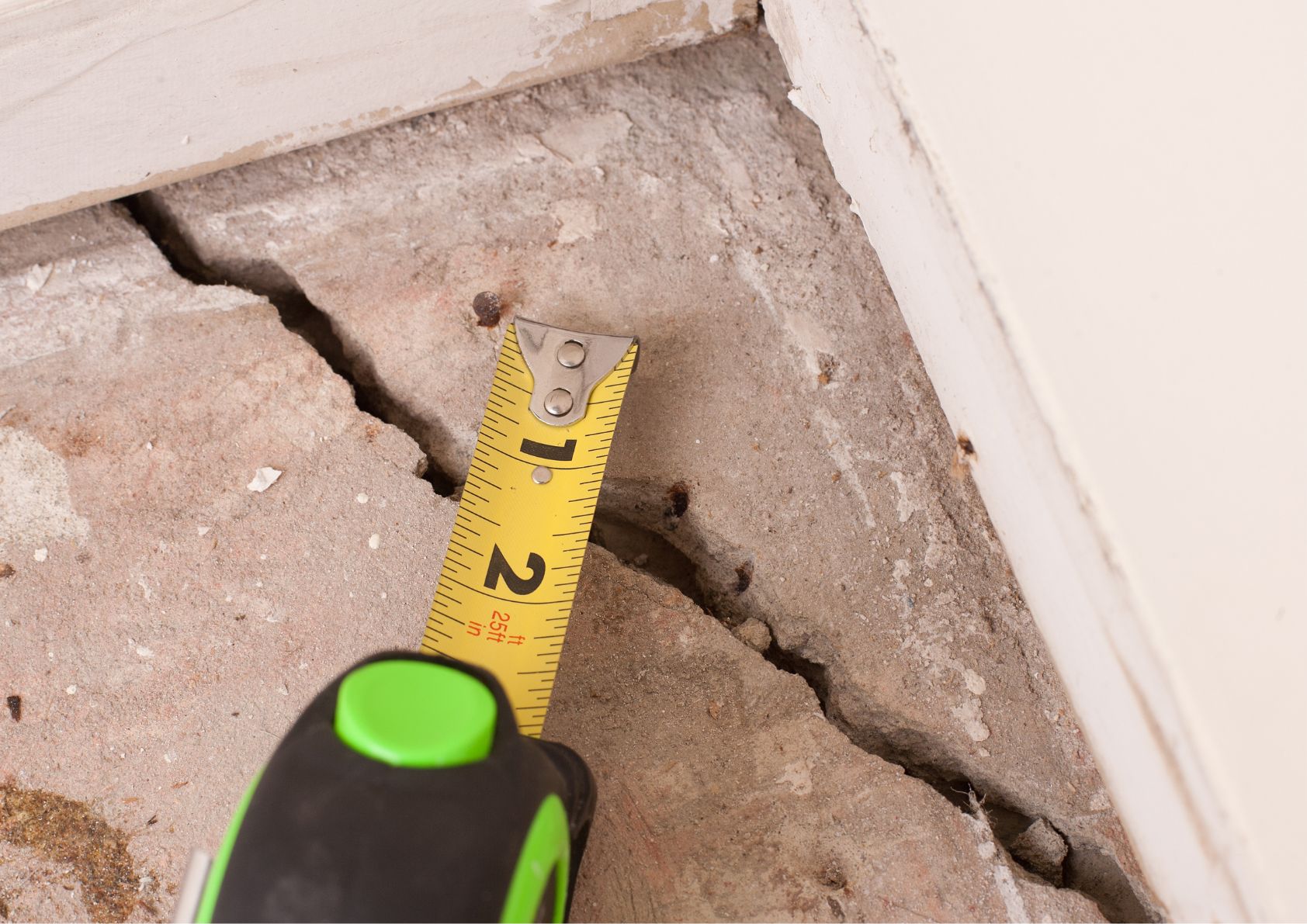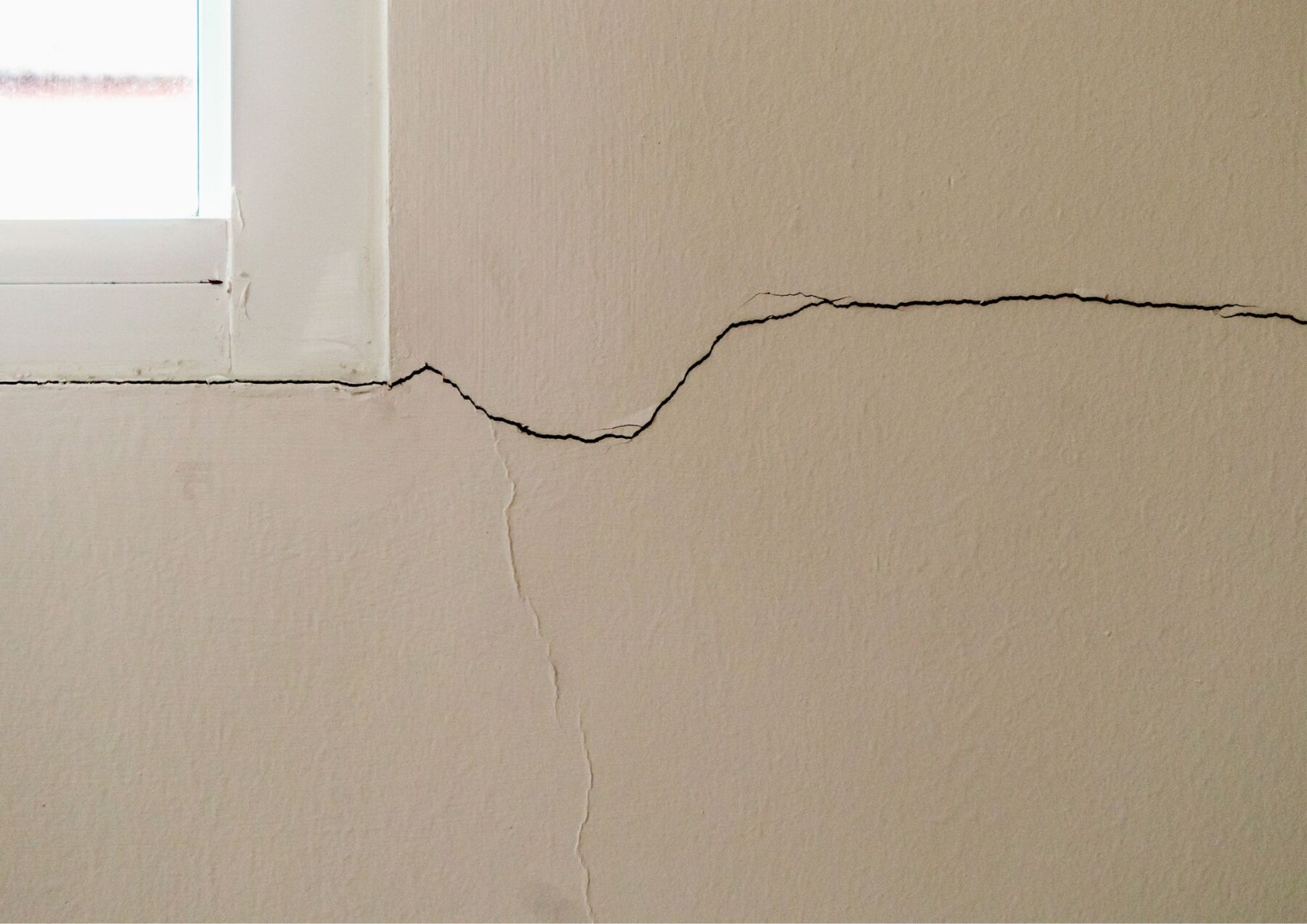Older homes often come with charm, character, and history. However, they may also come with foundation issues that can cause significant problems down the road if not addressed early. Identifying foundation problems in older homes is essential for homeowners and buyers alike to ensure the structural integrity of the property. Here’s how you can spot some common signs of foundation trouble.
Cracks in the Walls and Floors
One of the most obvious indicators of foundation issues is cracks in the walls and floors. Small cracks in drywall are not uncommon, especially in older homes, but larger or growing cracks may suggest a more significant problem. Vertical cracks are typically less concerning, but horizontal or stair-step cracks can indicate that the foundation is under stress.

Pay close attention to cracks around windows and doors. If these cracks are wider than a quarter-inch, it could be a sign of shifting foundation. Also, check for uneven floors or cracks in tile or concrete surfaces, as these are often signs that the foundation is moving.
Sticking Windows and Doors
When doors and windows suddenly start sticking or become difficult to open and close, it may be more than just a humidity issue. Foundation problems can cause the frames of windows and doors to shift, leading to poor alignment. In severe cases, you may even notice gaps at the top or bottom of the frames.
Doors that swing open or closed on their own, or doors that rub against the floor or door frame, may also be indicative of foundation movement. If you’ve noticed these issues throughout your home, it’s worth investigating whether foundation settling is the cause.
Uneven or Sagging Floors
Older homes often have uneven or sagging floors, but not all floor issues are caused by foundation problems. However, if your floors are noticeably sloping or have dips and valleys, the foundation may be settling unevenly. This can happen when the soil beneath the foundation shifts or erodes over time, causing the house to settle in different areas at different rates.
You can check for uneven floors using a simple method: place a ball on the floor and see if it rolls in one direction. While older homes can have some natural unevenness due to age, a professional should address significant sloping to determine if the foundation is the root cause.
Gaps Around Exterior Doors and Windows
Foundation problems often manifest in the exterior of the home as well. Gaps between the walls and exterior doors or windows can be a sign that the foundation is shifting or settling. As the foundation moves, it can cause the frame of the house to twist, leading to visible gaps and separation.

Take a walk around the outside of your home and look closely at the areas around doors and windows. If you see any separation or if the doors and windows no longer sit flush with the wall, this could be a red flag for foundation issues.
Bulging or Leaning Walls
Another sign of potential foundation trouble is walls that appear to bulge or lean. This is most often seen in basement or crawl space walls, where shifting foundation pressure can cause the walls to bow inward. If you notice that your walls seem to be curving, it’s important to address this quickly as it could lead to further structural damage.
In some cases, exterior walls may also start to tilt or lean due to foundation movement. This is a more severe symptom and requires immediate attention from a foundation specialist to prevent more extensive damage.
Water in the Basement or Crawl Space
Water intrusion in basements or crawl spaces is a common issue in homes with foundation problems. Poor drainage, cracks in the foundation, or shifting soil can all allow water to seep into these areas. While water in a basement could be a result of other issues, such as a leaky pipe or poor waterproofing, it’s important to rule out foundation problems as a potential cause.
If you notice moisture, standing water, or signs of mold and mildew in your basement or crawl space, it’s a good idea to have a professional inspect the foundation for cracks or other damage.
Seeking Professional Help
Foundation issues can worsen over time, so it’s essential to address them as soon as possible. If you’ve noticed any of the warning signs mentioned above, consider consulting with a foundation expert. A professional inspection can help determine the extent of the damage and recommend the best course of action for repairs.
While foundation repairs can be costly, catching problems early can prevent more severe damage to the structure of your home. If you’re buying an older home, it’s also a good idea to request a foundation inspection as part of the home-buying process to ensure there are no hidden issues.




